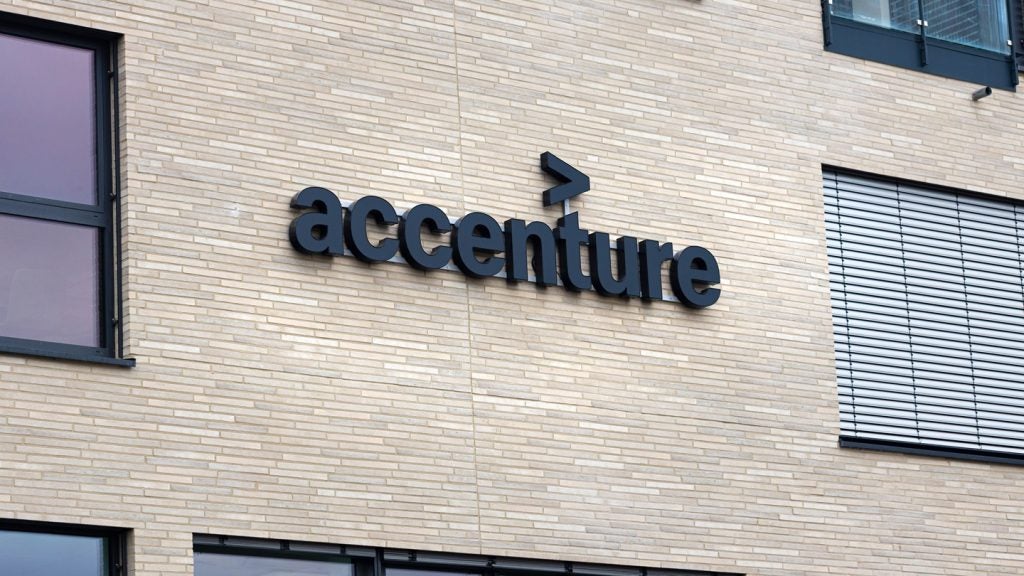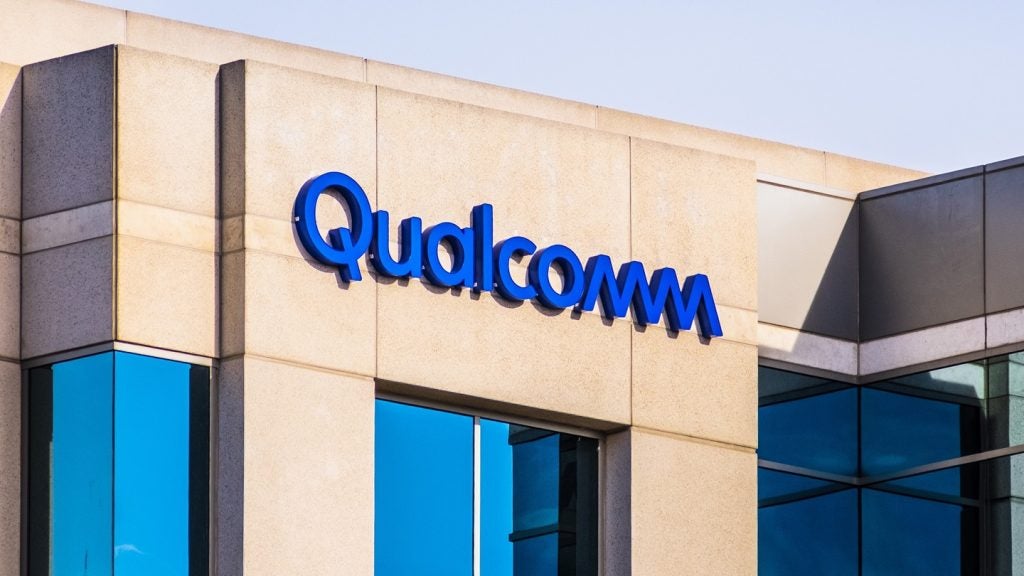A new wireless technology, CBRS, offers enterprises a do-it-yourself option but it also allows companies such as Google, Amazon, Nokia, and Comcast to offer an alternative approach to private nets.
Operators and network infrastructure providers are vying to provide enterprises with “private” in-building networks that use cellular alternatives to WiFi (4G LTE and 5G), to provide high speed and capacity, reliability, security and low latency.
The supplier ecosystem for private nets is already crowded, and now Amazon and Google are among the applicants for 3.5 Ghz CBRS shared-spectrum management licenses. Enterprises can also apply for licenses themselves.
CBRS is a wireless technology that operates in three tiers: Tier 1 is used by the Navy, DoD, and by military satellites, while the other two tiers are for commercial use. Applicants can apply for: a Priority Access License (PAL), a non-renewable 3-year license to use a 10MHz channel within the 3500-3650MHz portion of the band, in a limited geographical area. They can also apply for General Authorised Access (GAA), which is unlicensed, like WiFi, and provides a dynamic allocation of the available 100MHz channels, so that access does not interfere with communications in the higher tiers. There are also applications for Special Temporary Authority (STA) to use the technology for testing purposes.
Who has applied for licenses?
While the use of the 3.5 Ghz band for commercial use was first approved in 2015, operators and infrastructure providers have been getting “seriously” ready for CBRS since 2017, with announcements of testing plans and equipment deals. The first commercial GAA service is slated to begin in September 2019 while the PAL license auction won’t occur until the beginning of 2020. It is expected that operators will apply for the PAL licenses to use CBRS to boost their public networks and to offer in-building alternatives/complements to WiFi for private nets. AT&T and Verizon have already been testing the technology. AT&T used Samsung and CommScope to test out CBRS for fixed wireless rollouts. Verizon partnered with Ericsson, Qualcomm and Federated Wireless to test 4G over CBRS. Cable companies such as Comcast and Charter are also eying CBRS for new opportunities in the enterprise segment.
Federated Wireless, CommScope, Nokia and Google have received FCC certification to be a Spectrum Allocation Server (SAS) that can programmatically assign a band to be used by an enterprise. Federated Wireless is a software company with a tool to allocate and manage spectrum in a shared-spectrum private LTE model. Nokia is very active in CBRS as it is seeking more opportunities in the enterprise and it sees its role as a SAS as a major opportunity to help customers deploy and manage private networks.

US Tariffs are shifting - will you react or anticipate?
Don’t let policy changes catch you off guard. Stay proactive with real-time data and expert analysis.
By GlobalDataWhat are the benefits of CBRS over other technologies?
CBRS offers an alternative to traditional cellular macro-cell networks that can support business models for indoor small cell deployments funded and owned by enterprises themselves. GAA licenses are especially well-suited for private networks. They theoretically combine the best of both worlds (LTE and WiFi) because they are offer traffic management, security, reliability, and low latency and enterprises don’t have to be dependent on a mobile operator for access. However, enterprises can also go to a “neutral host”, that is, a service provider that can deploy and operate the network on their behalf.
It is expected that operators will use CBRS to boost their network performance and to be a kind of interim low latency alternative or complement to WiFi before wide-spread deployment of 5G. In-building CBRS networks will also likely be connected to operators’ public 5G networks for seamless interoperability. Once PAL licenses are available in 10 Mhz channels, operators are expected to use carrier aggregation to increase network capacity as well as improve data speeds.
What do Amazon and Google plan to do with CBRS?
Google has already applied for a SAS license. It also noted back in 2018 that it was hoping to provide CBRS connectivity for the Pixel 3 through a software upgrade. On 9 August Amazon submitted a Special Temporary Authority application with the FCC for six months to conducts tests in and near its facilities in Sunnyvale, California. Amazon also has partnered with Federated Wireless, Athonet and Ruckus Wireless to build a private IoT network using CBRS to test out IoT applications. While currently, Amazon is testing the technology for its internal usage, it seems likely that both companies might eventually use it try to bypass carriers in providing end-to-end “network to cloud” IoT solutions.
Do operators have more to gain or lose with CBRS as a private network option?
While mobile operators may be excited about offering CBRS services to enterprises, there is a lot of competition. Some vendors and cable companies want to bypass the operators altogether and offer services to enterprises as a SAS or neutral host. On the other hand, enterprises can also apply for CBRS licenses and run their own networks like they run their own WiFi networks today. While CBRS may provide benefits, operators would prefer to use 5G as the in-building alternative to WiFi but it is not nearly ubiquitous enough yet. In the meantime, by supporting CBRS they are hedging their bets.









